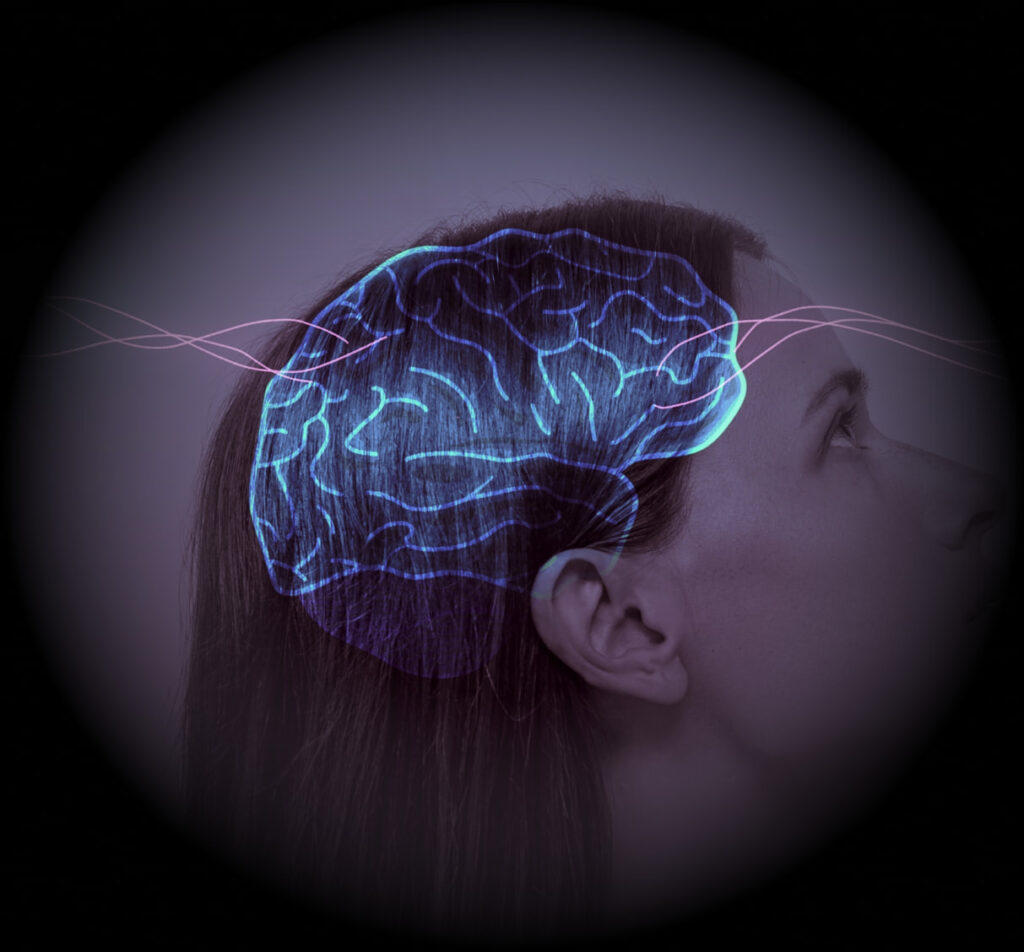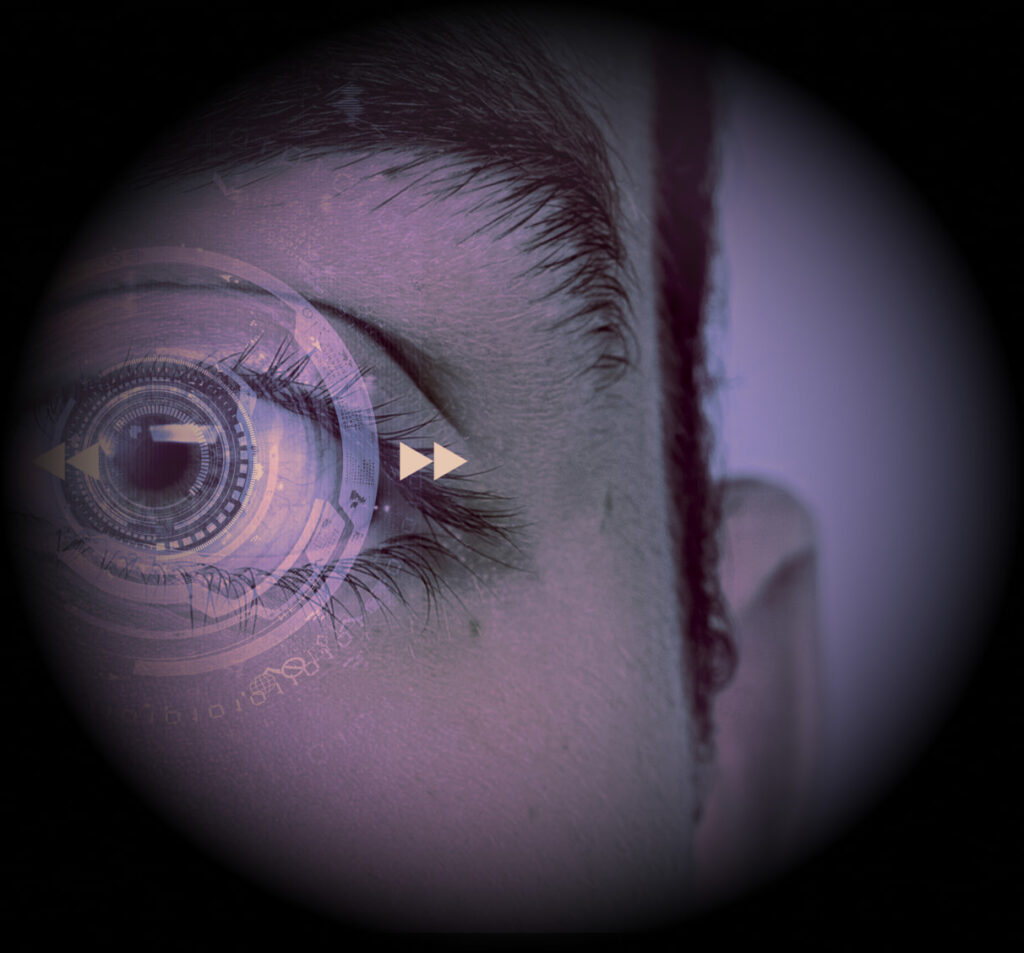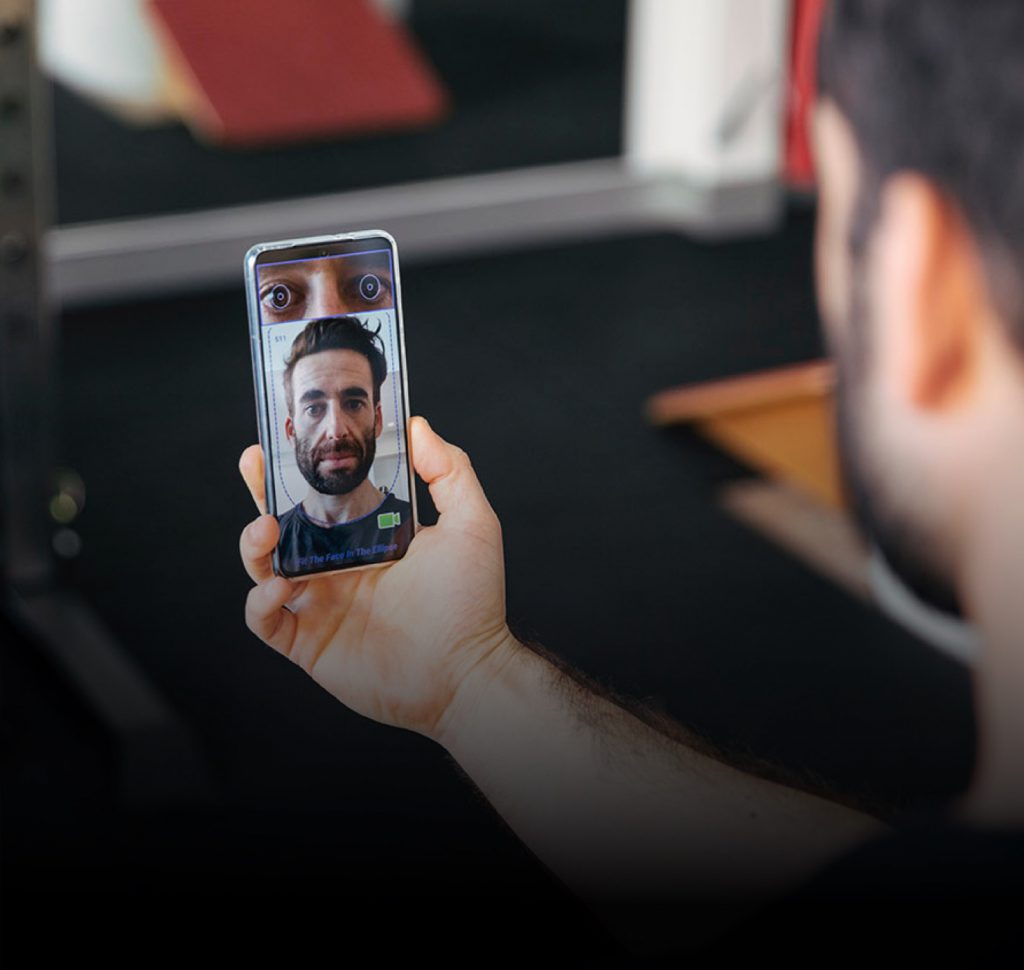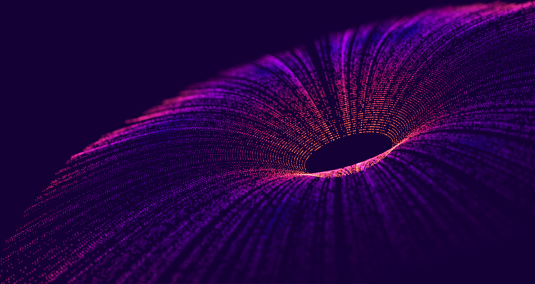Date: 24/01/2025

Your brain changes over time and understanding these changes can help you make informed decisions about your well-being. Recognising patterns in brain function can help you spot potential issues early on, leading to more accurate diagnoses and effective treatment plans.
Let’s explore why tracking your brain health is so important, the trends you need to monitor, and how consistent tracking can help safeguard your cognitive well-being.
So, what exactly are ‘brain health trends’?
No, we’re not talking about the latest health fad here. Brain health trends refer to the evolving patterns in brain function that you can observe over time. Factors like diet, exercise, and sleep all play crucial roles, but we’re looking at it from a higher level.
One of the key types of brain health trends to monitor involves slow or “progressive” changes.

Progressive changes
Progressive changes involve slow, gradual shifts in brain function over time. Disease progression and natural aging processes are often associated with these changes. Think of chronic diseases such as Parkinson’s or Multiple Sclerosis (MS). These subtle shifts, like in memory or motor skills, often take years to become noticeable.
Trend detection – the sooner, the better
Early detection is key to managing brain health. Diagnosing and treating conditions like Multiple Sclerosis, epilepsy, and Parkinson’s disease early helps slow their progression. When changes are promptly detected, you can intervene early on to prevent further complications. This is especially important for those with a genetic predisposition or those involved in contact sports. In fact, research indicates that athletes who play contact sports, like football or rugby, face a much higher risk of developing neurodegenerative diseases, such as Alzheimer’s and Dementia.
By recognising potential brain health issues early, you can proactively manage your well-being. Regular check-ups, participation in medical trials, and lifestyle adjustments become essential parts of a comprehensive healthcare plan. This approach helps with long-term medical planning, financial preparation, and any insurance considerations.
Ultimately, early intervention empowers you to take control of your health. By addressing potential issues before they worsen, you can slow down, or sometimes even prevent, severe cognitive decline.

Challenges in detection
Spotting brain health issues early on is actually quite tricky. The early signs can be so subtle that they’re easy to miss, even for experts like neurologists. Why is this the case?
Firstly, the tools available to us are limited. The brain is incredibly complex, and radiological investigations, like MRIs, only scratch the surface. They don’t detect the subtle microstructural changes in the brain, commonly found in most progressive diseases.

Plus, symptoms are often subtle in the early stages. Any change in brain structure can take years, or even decades, to appear on a brain scan or manifest into something more concerning. Typically, noticeable symptoms, like loss of vision, hearing, or mobility, prompt people to seek medical help. But, by the time these symptoms do appear, significant changes have already occurred in the brain and they’re often irreversible.
“They’re usually pretty big events for you to seek medical help. But it’s actually the small changes that matter.
If you think about Alzheimer’s, people often say, ‘Oh, I thought they were getting a little bit forgetful’. There are these little hints that progressively worsen.”
– Assoc. Prof. Joanne Fielding, BrainEye CSO
Spot early warning signs with BrainEye
Your eyes offer a window into your brain health. BrainEye harnesses this connection by tracking subtle eye movements to provide insights into your brain’s function. The app can detect early signs of potential issues and offer an overview of your brain health.
Similar to a clinical examination, BrainEye uses digital technology to analyse your eye movements, identifying markers invisible to the naked eye. Regular testing (at least every 1-2 months) builds a detailed picture of your brain health, allowing you to spot unusual patterns in eye movement functionality. This empowers you to make informed decisions about when to seek medical advice.
Take control of your brain health today.
More Featured blogs
8 Facts About Sports Concussion
Concussions are often underestimated, but they can have serious, lasting effects on the brain. Uncover the hidden facts about concussions in sport, and learn how to protect yourself and your loved ones.
What you need to know about brain health
Your brain controls everything you do. But how often do you consider its health? Discover insights and practical tips to help you understand and improve your brain health and overall well-being.
Concussion in Kids: What Parents Must Know
Concussions in children can be difficult to detect, but acting quickly can make all the difference. We explore a real-life example and share essential tips on spotting signs and managing your child’s recovery.
Discover more about how BrainEye works, or download the app via the Apple App Store or Google Play Store.

